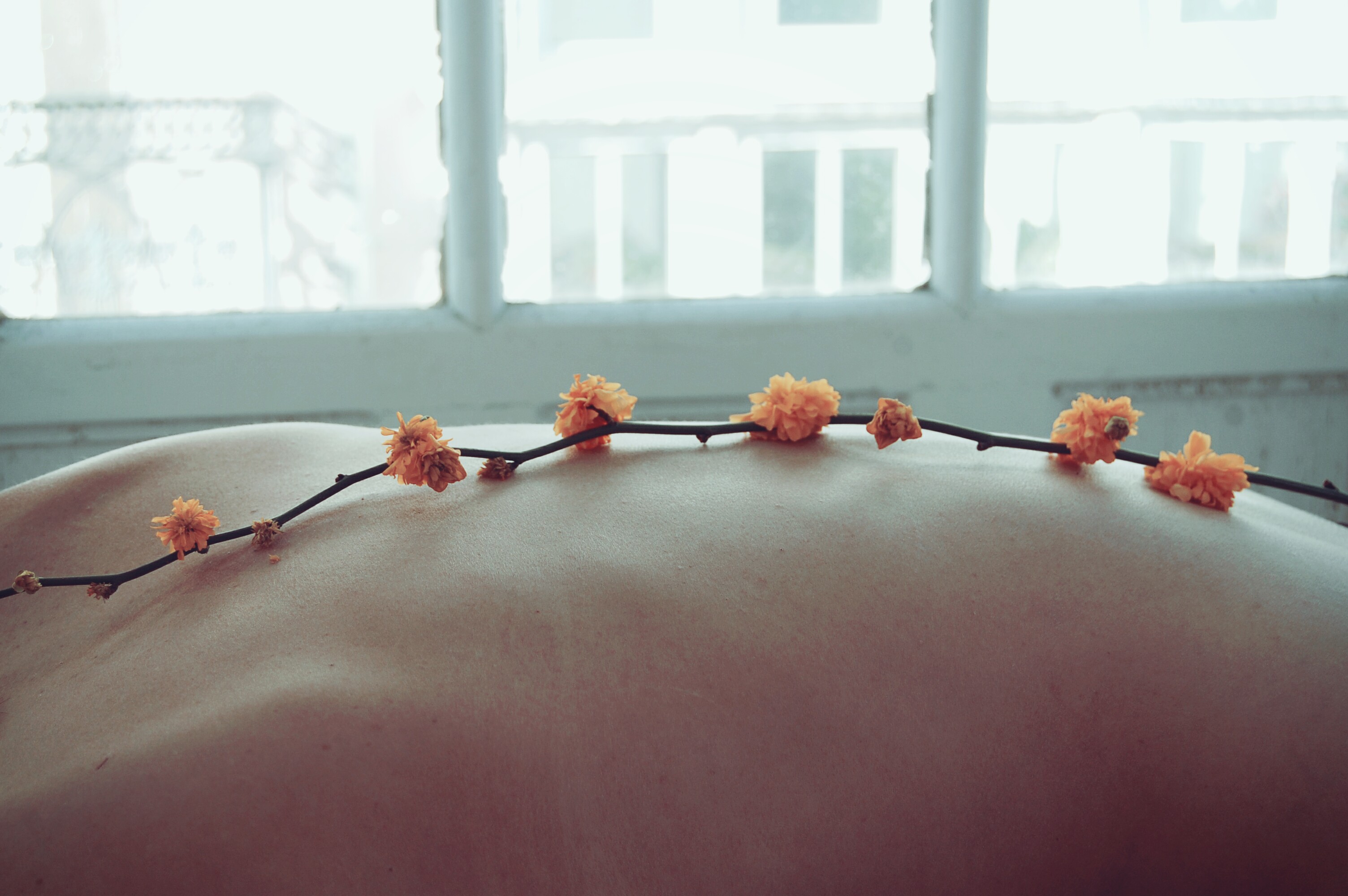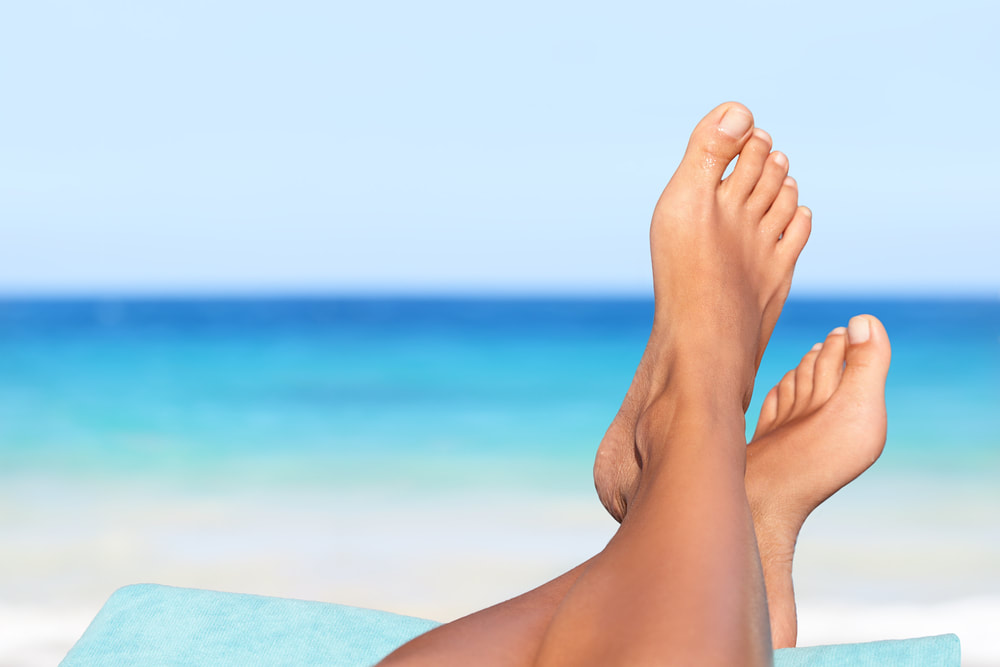Are you a very ticklish person?
Sometimes, ticklish people are afraid to get a massage or myotherapy treatment, or think they won’t be able to enjoy it. Actually, with proper communication, massage and myotherapy can be great for overcoming your ticklishness. If you tell your massage therapist or myotherapist that you are ticklish, together the two of you can work through the feeling using several strategies I will outline in this post. This can help you to rewire your reponse and enjoy touch without that unwanted laughter, or the uncomfortable sensation tickling brings.
But first, what is ticklishness?
Well, the answer is nobody quite knows for sure. According to research, there are two sensations behind the ticklish response: gargalesis and knismesis.
- Gargalesis is what we classically think of as ticklishness - it can’t be self-induced, requires the touch of another person, and causes helpless laughter, twitching and discomfort.
- Knismesis is not laughter-inducing, but is a tickly sensation caused by light touching, like the sensation of having an ant crawling on your leg.
As knismesis is not usually unpleasant or problematic, I will be focusing on gargalesis in this post.
Most gargalesis-type ticklishness tends to focus in certain areas: the stomach, ribs, feet, neck, armpits and sides. It seems to be a learned response with an emotional cue, rather than something purely instinctive. It may correspond with an underlying discomfort with being touched, or with some other defensive mechanism. That’s why it is important to have excellent communication with your massage/myotherapist: so that you feel completely safe, and can relax into the experience of being touched.
How can you overcome your ticklishness through massage/myotherapy?
First, I will explain the actions you can take as a client to ensure you have a comfortable massage/myotherapy experience. I’ll then outline some of the strategies and methods used by massage/myotherapists with ticklish clients, so that you know what you can expect and how they can help you.
What you can do:
- First up, and most important of all, don’t be afraid to try massage or myotherapy! Like any phobia or unpleasant reaction, ticklishness can be overcome and doesn’t have to control your life.
- Next up, equally important, tell your massage/myotherapist that you are ticklish, and where your most ticklish areas are. Tell them if you are nervous about being massaged, if you want to use the massage/myotherapy to help overcome the ticklishness with their help - in other words, open up an honest dialogue so that they can support and help you as best as possible. This will make a huge difference to your experience.
- I know it can be tempting to blow off well-meaning advice about taking a deep breath, especially when you’re tense and anticipating a tickle! But if your massage/myotherapist tells you to breathe a certain way, take their advice. For example, if you are touched while exhaling after a deep breath, you may be less likely to experience ticklishness. So if your massage therapist asks you to take a deep breath, take a deep breath!
- Lastly, think happy thoughts! Ticklishness takes place in the brain - that’s why you can’t tickle yourself. Your state of mind has an enormous impact on your experience of ticklishness! So as much as you can, try to think relaxing, pleasant thoughts. Try to focus on relaxing your muscles and your mind, and you may be surprised by how easy it is to enjoy the touch of a massage therapist without squirming.
What your massage therapist or myotherapist can do for you:
- Communicate with you about where, when and how they are going to touch you, removing that terrible ticklish anticipation feeling, and putting you in control of the experience.
- Sequence the therapy by beginning with comfortable, less-sensitive areas such as the back, limbs or head, leading to progressive relaxation. Sometimes, by the time they reach the more ticklish areas such as the sides or feet, the client is relaxed enough to feel no ticklishness at all!
- Use a slow, firm pressure rather than a light, rapid touch. This one is a no-brainer. If the hands move slowly or stay still for periods, with a firmer touch, the area being touched has time to acclimate and relax, without the feeling of anticipation about where the hands will go next. This can subdue the ticklish response.
- Encourage you to relax using breathing techniques.
- Use a barrier for sensitive spots. Some people’s feet, for example, are just too sensitive to be touched without a barrier such as a sheet or a towel. Sometimes simply using a sheet can let you experience all the pleasure and benefits of a foot massage without any ticklishness at all!
We look forward to helping you become a new, less ticklish you!



 RSS Feed
RSS Feed

















